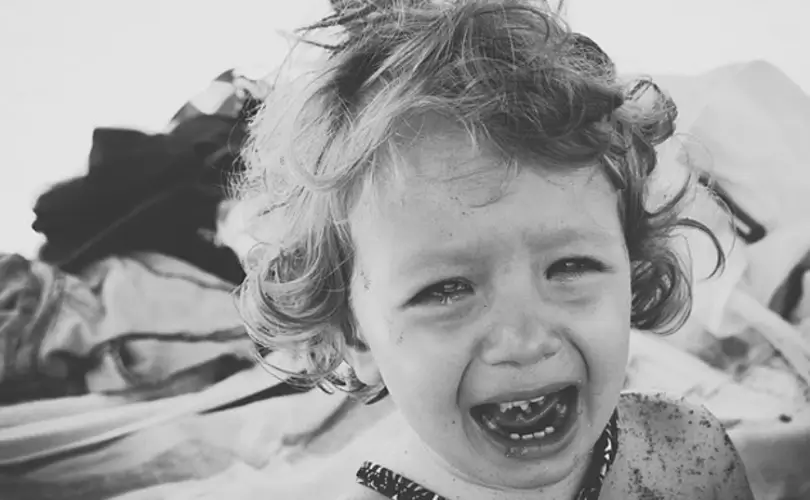The Roots of Children’s Mood Swings
Young children frequently throw temper tantrums. They are a natural part of growing up, even though they can be brutal and humiliating for parents.
Temper Tantrum Explanations
Tantrums are one way frustrated youngsters can show frustration, rage, and disappointment. This may occur if they are denied what they desire, feel overwhelmed, or cannot accomplish something.
Child tantrums are more common when kids are sleepy. This is due to their lower tolerance for frustration and irritability. Children may be more prone to temper tantrums, and hunger may be a contributing factor. This is due to their illness, which has clouded their judgment. Lack of stimulation can lead to disruptive behavior in bored children. As a result, tempers may flare.
Common Reasons
Tantrums are common in young children who are experiencing sensory overload. This may occur if, for example, they are in an overstimulating environment (one with lots of people, lots of lights, or both).
Children with developmental disabilities may struggle to express their wants and feelings more. As a result, kids may resort to tantrums to get their feelings across.
An underlying medical condition: Autism spectrum disorder, attention deficit hyperactivity disorder (ADHD), or an anxiety problem, are just a few examples of conditions that may include tantrums as a symptom. Your child’s pediatrician should be consulted if you notice that they are having frequent or extreme tantrums. You can get advice on handling the outbursts and finding the root of the problem from these professionals.
Methods for Calming a Child
When your child is throwing a tantrum, keeping your cool is crucial. The temper tantrum can only worsen if you respond angrily or upset.
Stay firm and refuse the child’s requests: Children learn that tantrums work when their parents give in to their demands. Therefore, it’s vital to avoid caving in to them.
Try to divert the child’s focus away from the tantrum by playing with them or giving them something else to look at. Give the youngster a hug or some other form of physical comfort; this can often help to calm them down. Once the youngster has calmed down, you can begin talking to them about how they are feeling. This will aid in the development of appropriate coping mechanisms. Establishing boundaries and enforcing consequences for misbehavior cannot be overstated. The child will realize that throwing fits is not tolerated if this happens.
After exhausting these options, it’s time to seek professional assistance if your child’s tantrums persist or worsen. You can learn effective techniques for dealing with tantrums with your child’s therapist.
Keep in mind that outbursts of anger are entirely typical in young children. You may teach your child to manage their feelings by being patient and supportive.













